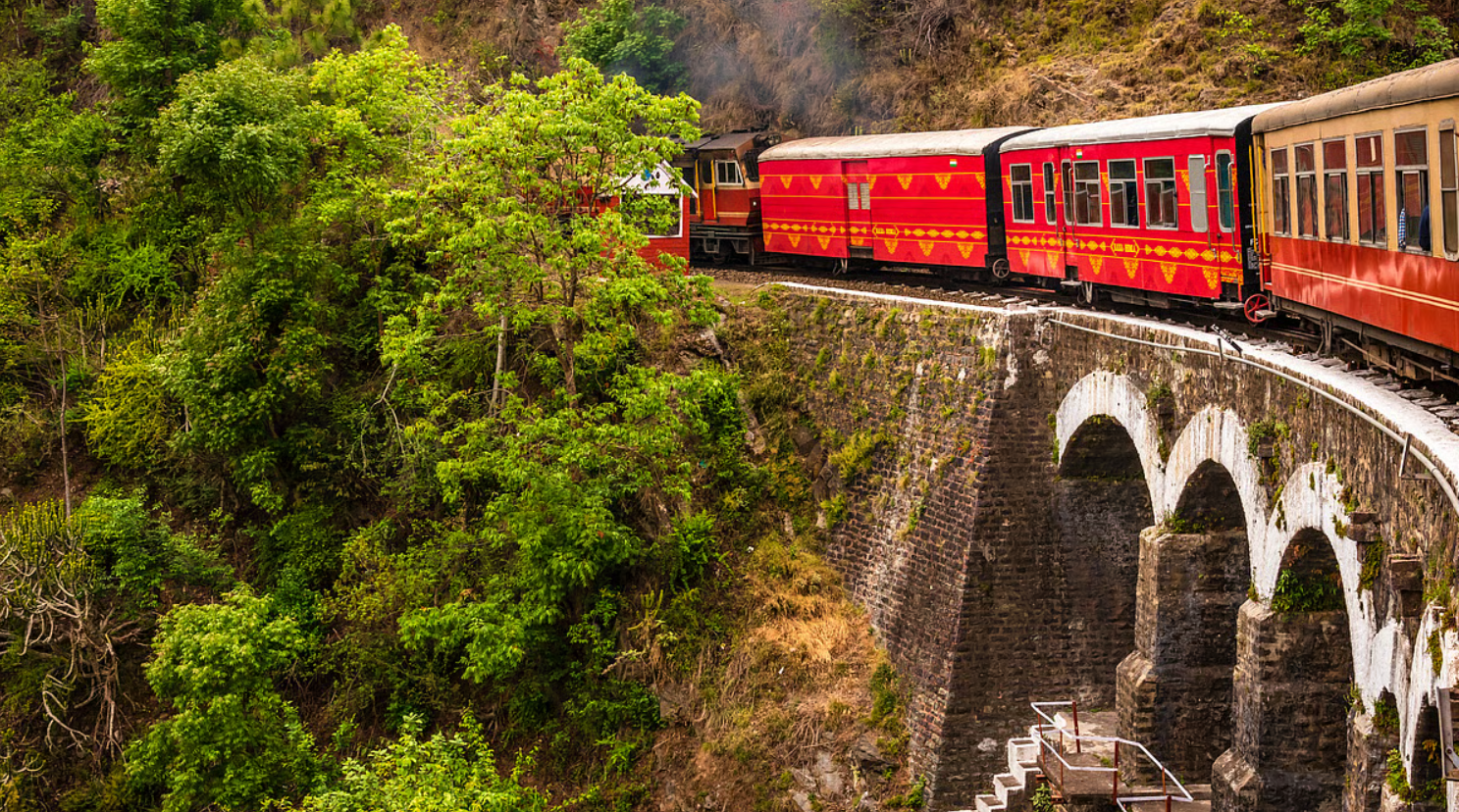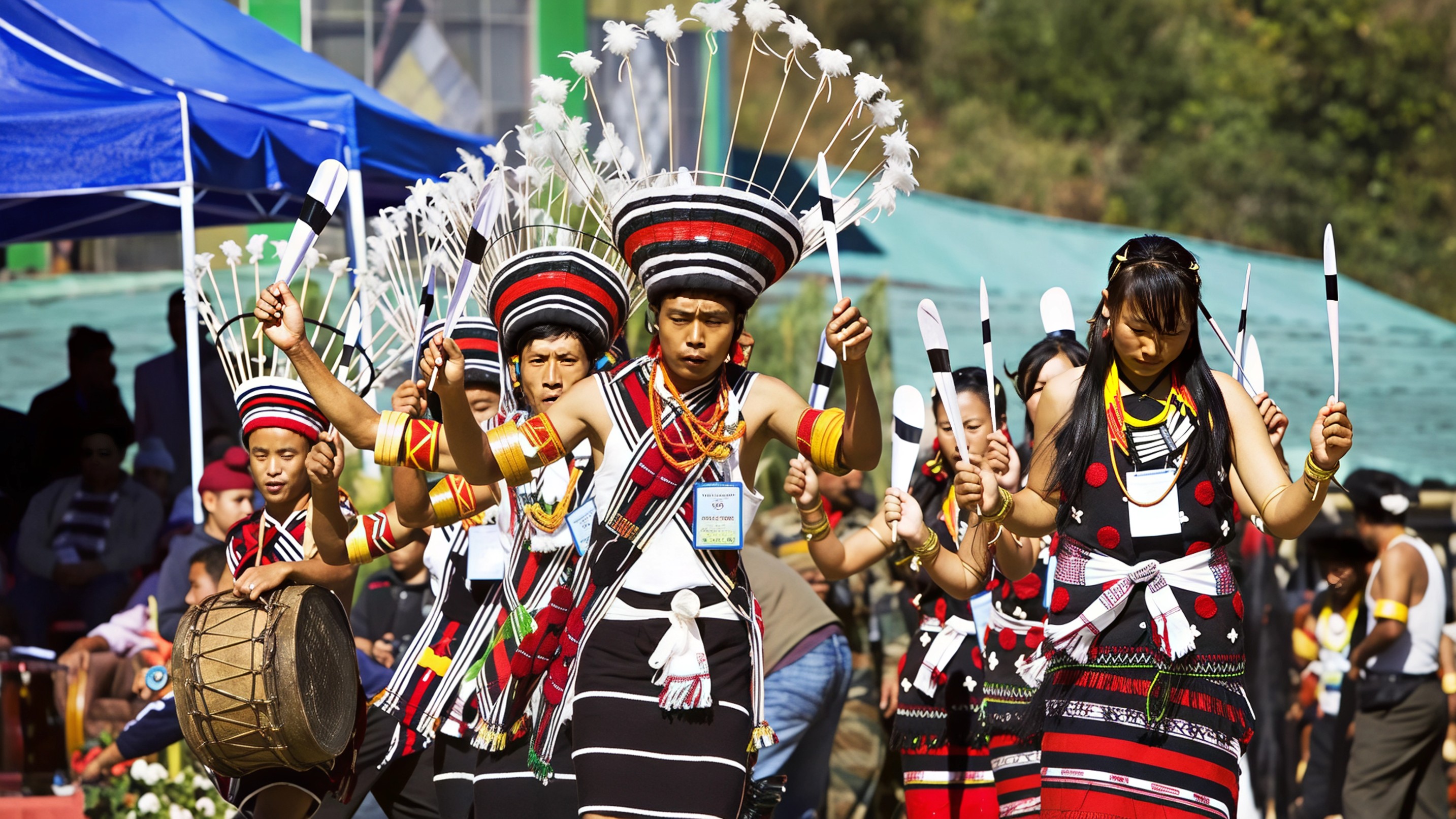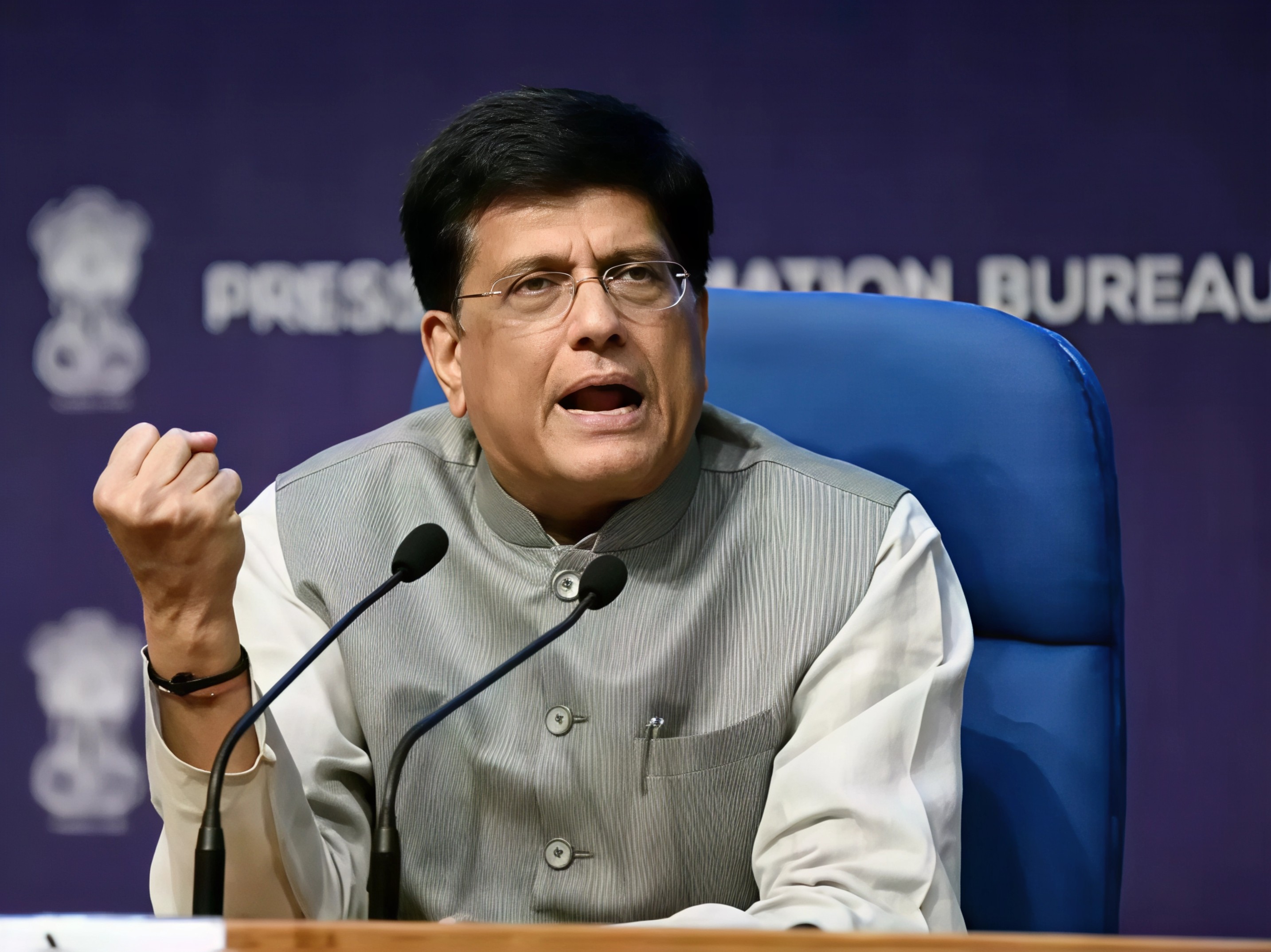Relentless monsoon rains in Himachal Pradesh have once again brought life to a standstill, this time striking at one of India’s most cherished heritage treasures. The Kalka Shimla railway, a UNESCO World Heritage site that has been carrying passengers through the hills since 1903, has been forced to suspend services after a massive landslide buried stretches of track between Koti and Kanoh. Officials have confirmed that all services will remain halted until September 5, though the timeline may extend if weather conditions worsen.

The disruption comes at the peak of the travel season when thousands of tourists usually board the heritage toy train to experience its iconic tunnels, bridges, and sweeping mountain curves. The railway is more than a nostalgic ride for tourists. It is a lifeline for local commuters, office goers, and students. With trains off the track, daily life has been severely impacted, and many small businesses that rely on passenger traffic are facing mounting losses.
The landslides have claimed lives in the region. In Junga, a father and his young daughter were killed when their home collapsed under the weight of sliding debris. In another tragic incident, a woman in Kotkhai lost her life when soil from the hillside buried her house. Authorities report that at least three people have died in Shimla district alone. Beyond the railway line, nearly 788 roads including several national highways remain blocked, cutting off villages and slowing movement on major routes like the Shimla Chandigarh highway. Power and water supplies have also taken a hit as falling rocks and mudslides damaged infrastructure.
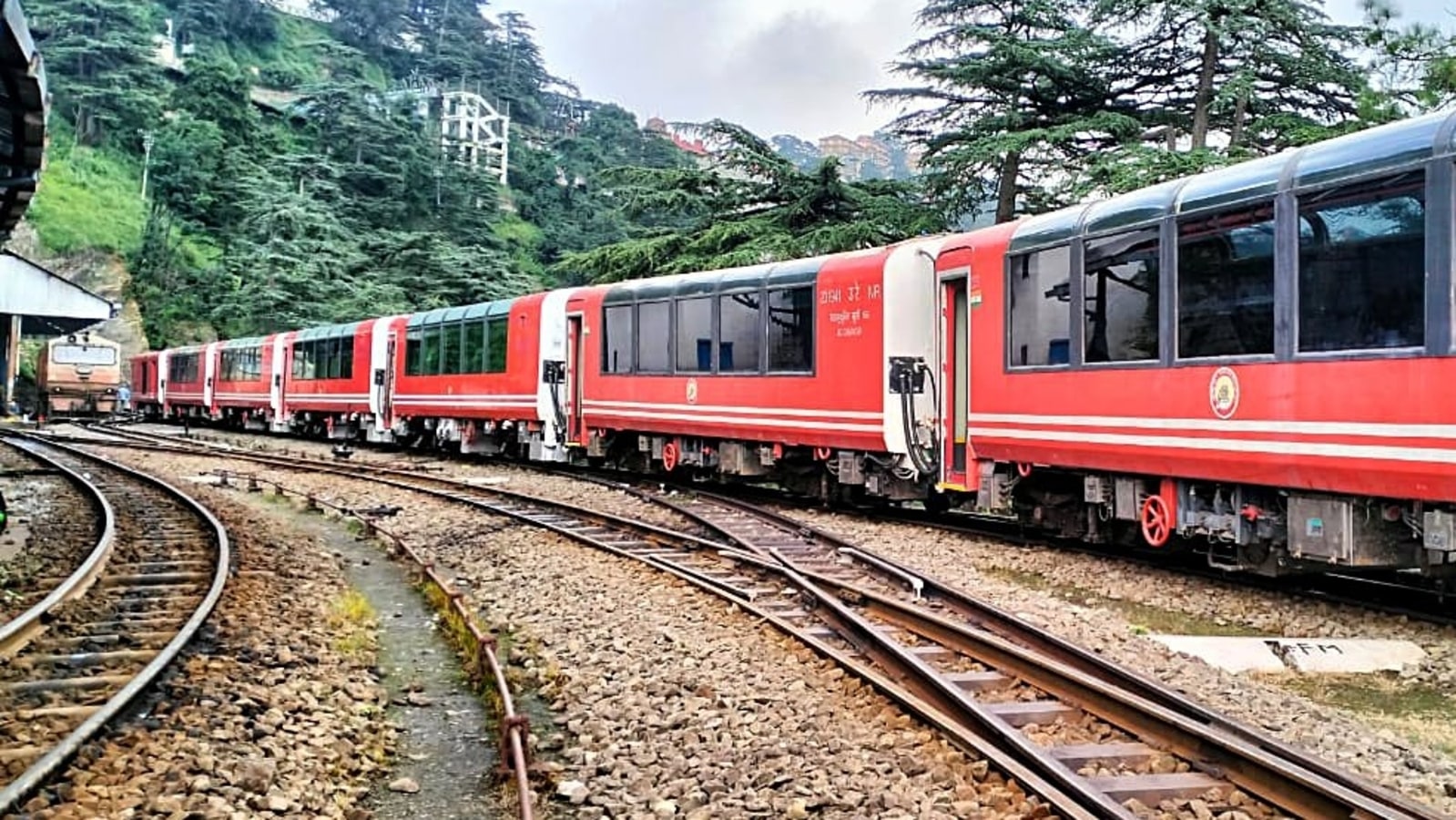
The Kalka Shimla railway is celebrated worldwide for its engineering marvels. Stretching 96 kilometers through the Himalayan foothills, it features 102 tunnels, 988 bridges, and nearly a thousand sharp curves. Yet this heritage line is also one of the most vulnerable transport links in the country. Monsoon induced landslides frequently bury tracks, wash away bridges, and destabilize slopes, making it a constant challenge for crews tasked with keeping the line operational.
This year the damage is part of a larger pattern of climate stress that Himachal Pradesh has been grappling with. The Indian Meteorological Department reports that the state has already recorded rainfall levels 30 percent higher than the seasonal average, with districts like Shimla and Solan placed under red alert for several days. Experts warn that climate change is intensifying these weather events, making infrastructure such as mountain railways increasingly difficult to protect with short term fixes.
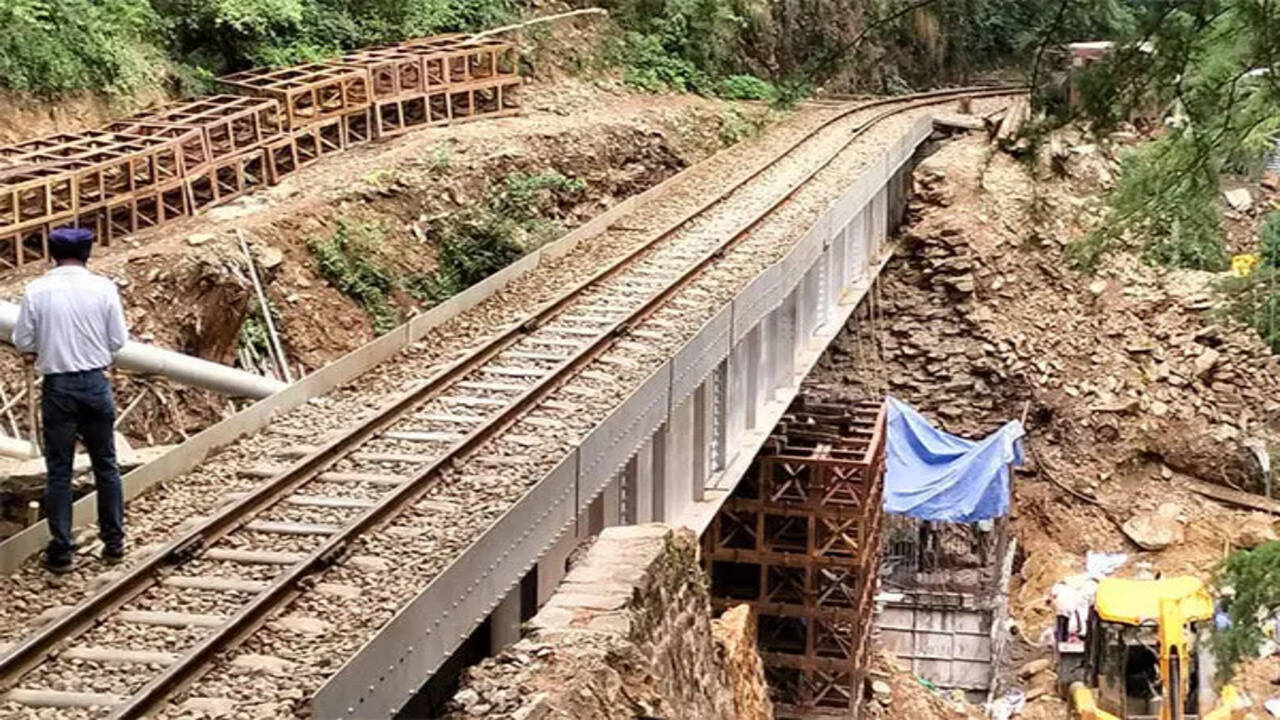
For now, railway engineers and workers are clearing debris with heavy machinery and stabilizing vulnerable slopes. However, officials caution that more rainfall in the coming days could delay the reopening of the line. The suspension has sparked conversations about whether India’s heritage railways can be preserved in their current form or whether new, long term structural solutions are needed to safeguard them from the growing threat of extreme weather.
The Kalka Shimla railway is not just a transport route but a symbol of history and culture. Each year it carries more than eight hundred thousand passengers, delighting tourists with its vintage carriages and panoramic views. Its suspension is a stark reminder of how fragile mountain infrastructure can be when faced with the raw power of nature.
As the state battles to restore connectivity, locals and tourists alike are hoping for safer weather and a swift reopening of the railway. Until then, Himachal’s beauty remains shadowed by the risks of the monsoon season.
Follow Travel Moves on Instagram and Facebook to stay updated on travel news, hidden gems, and must visit experiences across India and beyond.

